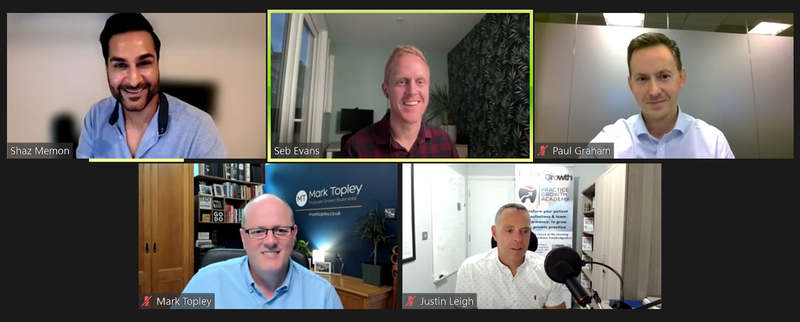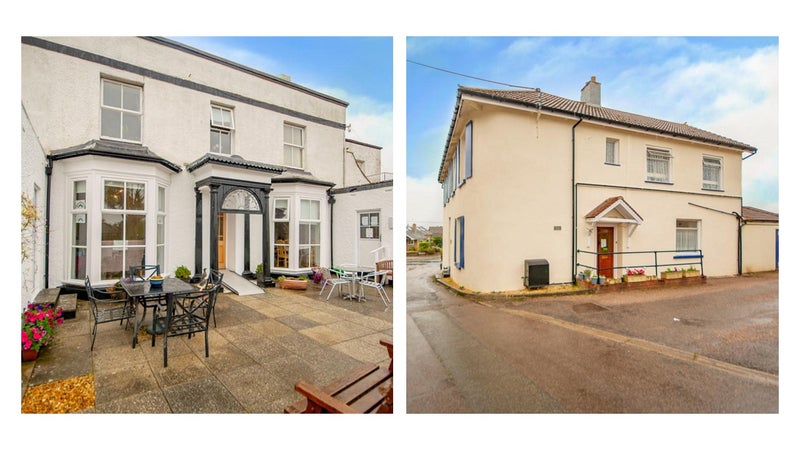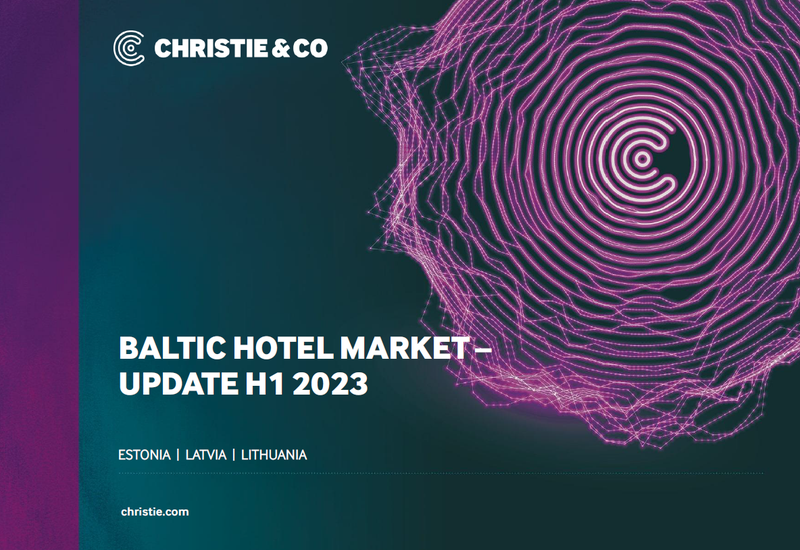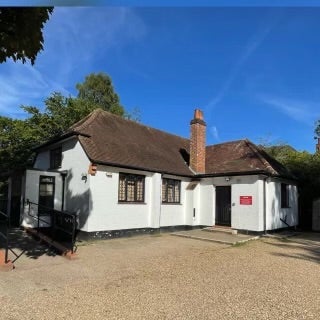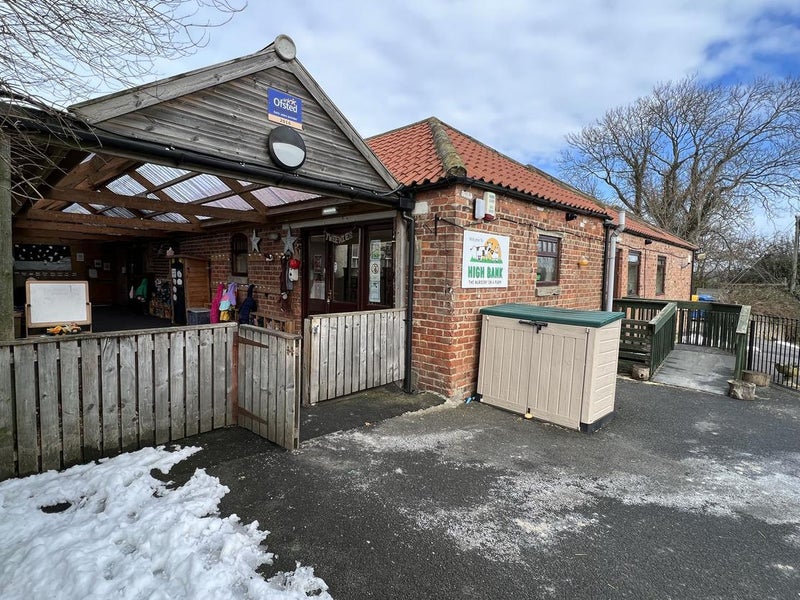An insight into the hotel investment market – IHIF 2018
This week we have been at the 21st IHIF, gathering together with over 2,000 senior figures from 80 countries to discuss the global hospitality market and the opportunities, challenges and developments the current landscape presents to investors.

Since the IHIF’s inception in 1997, the hotel investment market has come a long way from being predominantly driven either by owner operators or owners looking to work with a branded hotel management company. Franchising was focused in North America, with leases few and far between, and institutions and funds were reluctant to invest. However, fast forward two decades and we can see just how much has changed.
What has driven investment in hotels ranges from concerns over the impact of technology and changing habits on retail and office real estate, yields sharpening for management contracts and leases, and the growing popularity of lucrative lifestyle hotels and alternative brands. These major factors all contribute to the growing attractiveness of hotels and bringing the market to the mainstream in real estate investment.
One of the key ways to track changing investment activity over time is to look at the dynamic trends of shifting capital sources. Starting with the large US private equity firms which acquired NPL European hotel portfolios after the 2008 financial crisis, to the emergence of Asian buyers in 2014, and in recent months the appearance of European funds such as LRC Group which acquired Amaris Hospitality, and Pandox and Fattal which bought the Jury’s Inn portfolio. With the European players beginning to take the lead in capital, this is a strong indication that the market is normalising.
After US investors eased off from the UK following the Brexit referendum, Asian buyers took advantage of the FX boost and higher-yielding opportunities. However, after the Chinese government recently imposed restrictions on overseas investments in the hospitality and leisure sectors, the previous Asian buyers became the sellers. This has resulted in a boost in transactional activity in the UK, Spain and Germany from European investors, while US capital has also begun to filter back into mainland Europe.
While opportunity funds and private equity continue to be the key sellers of portfolios, we are also seeing increasing activity around sub-groups and single assets where the buyers of the portfolios, who plan long term holds, are starting to shape the portfolios and improve their positioning.
The hotel market is, no doubt, becoming a main stream within a highly competitive and sophisticated investment landscape, offering a range of dynamic opportunities for global investors. The type of investors and the yield compression that we at Christie & Co are seeing demonstrates this further, as bigger and more exciting activity continues in 2018.
